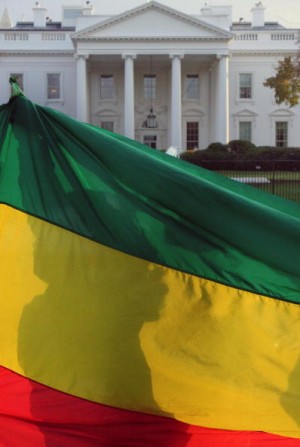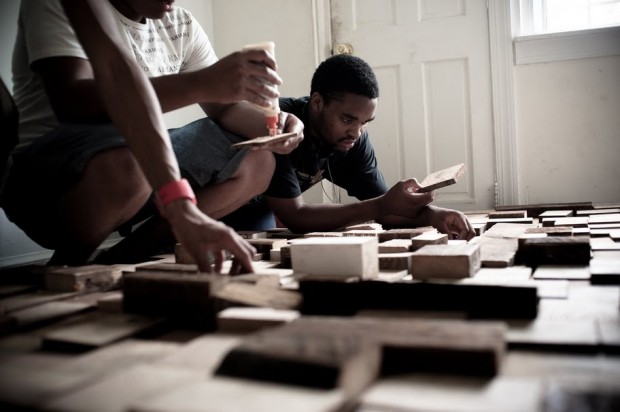Race, Class and DCPS A former D.C. Public Schools principal speaking about why he left the system raises even bigger questions over race and class issues in the school system. The word “diversity” is a code word with vastly different meanings, depending on who is using it. (Racialicious)
St. Mary’s College among most expensive; UDC among least If you’re looking for an inexpensive, four-year public university, look no further than University of the District of Columbia. With a yearly tuition of $3,000, UDC is one of the cheapest schools in the country. (WTOP)
Exotic Dancers Among Listings On D.C. Government Sponsored Jobs Site There are all kinds of job listings on D.C.’s government-sponsored job bank, including one calling for a stripper. The nightclub that posted the job has voluntarily taken it down after WAMU first reported the story. (WAMU) Continue reading








